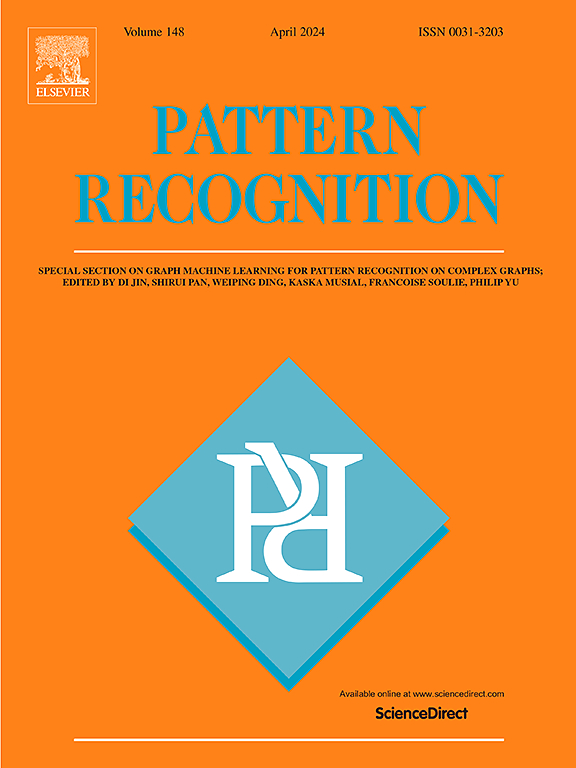Bidirectional trained tree-structured decoder for Handwritten Mathematical Expression Recognition
IF 7.5
1区 计算机科学
Q1 COMPUTER SCIENCE, ARTIFICIAL INTELLIGENCE
引用次数: 0
Abstract
The Handwritten Mathematical Expression Recognition (HMER) task is a critical branch in the field of Optical Character Recognition (OCR). Recent studies have demonstrated that incorporating bidirectional context information significantly improves the performance of HMER models. However, existing methods fail to effectively utilize bidirectional context information during the inference stage. Furthermore, current bidirectional training methods are primarily designed for string decoders and cannot adequately generalize to tree decoders, which offer superior generalization capabilities and structural analysis capacity. To overcome these limitations, we propose the Mirror-Flipped Symbol Layout Tree (MF-SLT) and Bidirectional Asynchronous Training (BAT) structure. Our method extends the bidirectional training strategy to the tree decoder, enabling more effective training by leveraging bidirectional information. Additionally, we analyze the impact of the visual and linguistic perception of the HMER model separately and introduce the Shared Language Modeling (SLM) mechanism. Through the SLM, we enhance the model’s robustness and generalization when dealing with visual ambiguity, especially in scenarios with abundant training data. Our approach has been validated through extensive experiments, demonstrating its ability to achieve new state-of-the-art results on the CROHME 2014, 2016, and 2019 datasets, as well as the HME100K dataset. The code used in our experiments will be publicly available at https://github.com/Hanbo-Cheng/BAT.git.
求助全文
约1分钟内获得全文
求助全文
来源期刊

Pattern Recognition
工程技术-工程:电子与电气
CiteScore
14.40
自引率
16.20%
发文量
683
审稿时长
5.6 months
期刊介绍:
The field of Pattern Recognition is both mature and rapidly evolving, playing a crucial role in various related fields such as computer vision, image processing, text analysis, and neural networks. It closely intersects with machine learning and is being applied in emerging areas like biometrics, bioinformatics, multimedia data analysis, and data science. The journal Pattern Recognition, established half a century ago during the early days of computer science, has since grown significantly in scope and influence.
 求助内容:
求助内容: 应助结果提醒方式:
应助结果提醒方式:


